GOLD Learning Tongue-tie Online Symposium 2020 - Day 2 Emerging Topics
Welcome to the GOLD Learning Tongue-tie Symposium 2020! Our 5 expert speakers dive deeper into the complex topic of oral restrictions in infants. Learn about new perspectives on how we measure a "complete" release after frenotomy, bleeding post division, re-attachment and re-release, a chiropractic approach to tongue-tie and the PIPS technique, and the difference between the active wound management stage and the neuromuscular re-education phase after frenotomy.
We're excited to have you join us for the amazing presentations that will leave you feeling more confident and armed with clinical skills that you can put into practice right away to help the families in your care.
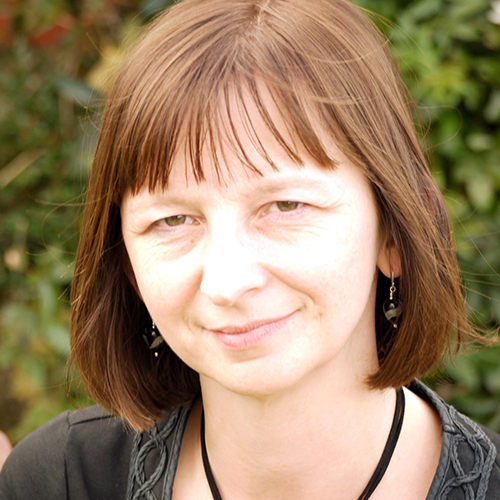

Sarah is a Registered General Nurse, Health Visitor, International Board Certified Lactation Consultant and Tongue-tie Practitioner with a busy private practice based in Cambridgeshire, UK. Sarah worked as a volunteer breastfeeding counsellor for the Association of Breastfeeding Mothers for several years and continues to run a weekly breastfeeding support group as a volunteer. Sarah is a founder member and former Chair of The Association of Tongue-tie Practitioners in the UK and is the author of the book, ‘Why Tongue-tie Matters’. She offers an online course in tongue-tie and infant feeding in association with Babyem and provides education on infant feeding and tongue-tie for healthcare professionals and breastfeeding supporters in the public, private and volunteer sectors.
Topic: Is This a Tongue-Tie: How Do We Decide? - [View Abstract]
Topic: The Elephant In The Room - Bleeding Post Tongue-Tie Division - [View Abstract]
1. Describe what constitutes abnormal bleeding post tongue-tie division.
2. List potential risk factors for abnormal bleeding.
3. Explain how abnormal bleeding may be managed post division.
This presentation explores professional and lay perspectives on bleeding post tongue-tie division. It will examine what constitutes abnormal bleeding and why this may occur. Risk assessment and reduction will be discussed. Management strategies that have been found to be effective, along with the development of guidelines on bleeding by the Association of Tongue-tie Practitioners will be described.
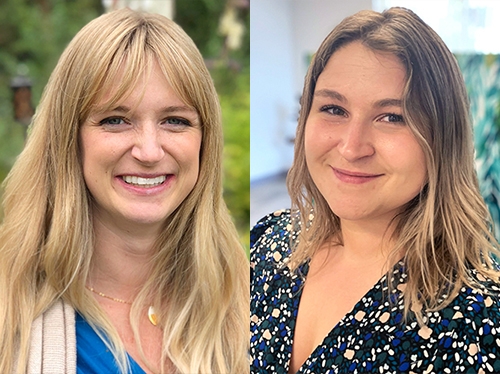

BreAnne is a Board Certified Family Nurse Practitioner and International Board Certified Lactation Consultant. She dedicates her practice to holistic and gentle care and has a special passion for lactation and nursing medicine, careful identification and treatment of infant oral restrictions (tethered oral tissue) and perinatal health. BreAnne is Co-Founder and Co-Owner of Pacific Wellness & Lactation where she focuses on complex lactation and breastfeeding problems and the release of tethered oral tissue. Her other professional passion includes Fertility care and treatment, specializing in cycle syncing and natural hormone therapies to help families achieve healthy pregnancy.
In her time outside of the clinic, BreAnne enjoys the local Pacific Northwest beach in her home town with her two young children and husband of 10 years. She is active in the community as a board member of the Breastfeeding Coalition of Snohomish County.
She earned her Master of Science in Nursing from Pacific Lutheran University and is board certified as a Family Nurse Practitioner by the American Academy of Nurse Practitioners (AANP).
Jennifer is a Registered Nurse and International Board Certified Lactation Consultant. She has extensive experience caring for adult populations both in the home and clinic setting. She specializes in lactation and postpartum care from birth through the nursing journey. She is trained in craniosacral therapy and incorporates this gentle touch therapy into much of her practice. She emphasizes preventive practices and is passionate about providing early support and alternative healing modalities to new families.
She earned her Bachelor of Science in Nursing and Master of Science in Nursing Education from Western Governors University.
When she is not working in her clinic she enjoys spending time outdoors in her garden, getting centered through yoga, and volunteering with the local Breastfeeding Coalition of Snohomish County. With a strong dedication to advancing her practice, Jennifer will be continuing her education to obtain her ARNP license in the Fall of 2020.
1. Recognize indications for frenotomy
2. List components of exam related to oral restriction
3. List benchmarks for successful procedure
What is a complete tongue tie release? What is the benchmark for a successful procedure? These are questions that are not often asked or clarified when discussing oral restrictions like lip and tongue tie. In their absence, the benchmark becomes how the wound site appears visually (how large the diamond is) when really, what needs to be discussed is the outcome related to the initial indication for the procedure as well as the actual function of the released structure. As lactation and breastfeeding professionals, this means the outcome related to breastfeeding and the real function of the tongue. For some this might mean more maternal comfort with latch, improved infant milk transfer at breast, reduction of reflux symptoms after feedings, increased maternal milk supply and more. In this lecture we will discuss our clinical experience in the evaluation, treatment and care of infants receiving frenotomy and frenectomy procedure as it relates to breastfeeding specific outcomes. Our clinic specializes in breastfeeding medicine and infant oral restriction and provides scissor and laser release in office. Our lecture reviews an audit of our services and outcomes and includes photos of types 1 through 4 tongue tie, videos of releases for differing indications and outcomes related to maternal pain pre and post infant procedure, infant pain post procedure and LATCH score. We also review use of CST in office as well as other manual therapies to improve infant feeding. The goal of the lecture is to better establish what constitutes a successful procedure and a full release.
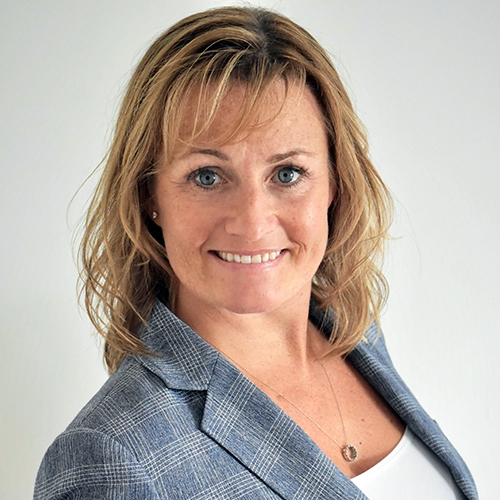

Dr. Jenna Davis is a Family Chiropractor and owns a highly successful family wellness multidisciplinary clinic, Acorn Family Health and Wellness Centre, in Oakville, Ontario. Dr. Davis has a focus on Preconception, Infertility, Pre- and Postnatal care, Pediatrics, Retained Primitive Reflexes, Infant TMJD and Women’s Health. Dr. Davis loves working with families in all stages and has a unique ability to educate her practice members so they feel heard, honoured and understand how chiropractic can improve their function and life. She has a passion for educating and is an avid lecturer both in and out of her office. Dr. Jenna Davis is a mother, author, entrepreneur, educator and is a sought after speaker internationally sharing information on many topics including the Power of Communication, Infertility, Pediatrics, Retained Primitive Reflexes, Infant TMJD, TOTs (Tethered Oral Tissues), Team Approach to Health and Wellness, and Women’s Health. Dr. Davis created a technique in 2016, the P.I.P.S. Technique (Pediatric Intraoral Palate Specific Technique) specifically to assist with Infant TMJD, Sphenoid Fault, Tongue-tie, Lip-tie, Dural Tension and Oral Motor and Oral Sensory Challenges. Dr. Davis has develooped a unique approach to combine sensory, motor, developmental and function into the care and approach to her practice members. Dr. Davis is also the creator of Baby Boom Creations, a company that develops and provides products to assist patients and practitioners in office and at home. Dr. Davis has been a featured speaker on many stages in Canada, the United States, Australia and the UK. She prides herself on her continual quest for the newest information and research and is a life long learner. Dr. Davis has done extensive postgraduate work and continues to expand and grow her knowledge base and resource team to give the best care possible to her practice members and the audiences she has the honour to present to.
1. Analyze the connection between the tongue and our posture.
2. Describe the connection between ankylofrenula and the growth, positioning and development of cranial structures including the mandible and maxilla.
3. Define Pediatric TMJD.
Every day in practice Dr. Jenna Davis witnesses how TOTs and Pediatric TMJD, when not addressed, may lead to postural changes, mouth breathing, and may impact craniofacial growth, posture, spinal alignment, development and lead to overall compensation. Ankylofrenula and associated tension is rarely a solitary issue. In this session, we will discuss how these infants may present, the examination process, discuss intraoral work including the PIPS (Pediatric Intraoral Palate Specific) Technique, assessment protocols, and Chiropractic Bodywork. Dr. Jenna will demonstrate other incredibly important exercises parents can add at home to assist with the tension and lack of function often associated with ankylofrenula and TMJD. Learning to assess intraorally is critical for long term improvement at all ages. In this session Dr. Davis will discuss intraoral, palate, and cranial to sacrum assessments and chiropractic adjustments (chiropractic bodywork) that can be done to assist with changes related to Tongue Tie, Pediatric TMJD and associated dural tension. Finally strategies for communication about bodywork, your findings and recommended strategies will be shared to maximize and strengthen your relationship with patients/families, professionals you may co-manage this special population with and your community.
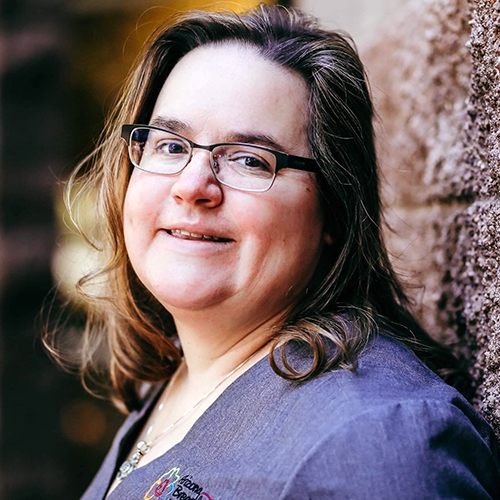

Dr. Cara graduated from Arizona State University of with Doctor of Nursing Practice degree. She is a board certified Family Nurse Practitioner in addition to having her IBCLC certification. Dr. Cara is also a diplomate of the American Board of Laser Surgery, specializing in “Oral Surgery in Infants, Toddler, and Adults. Dr Cara describes her career as a diversifying adventure: research, teaching, nursing, and now breastfeeding medicine specialist. She strives to provide meaningful, evidence-based care to mother-baby dyads. Her mission is to support mothers where they are at and help them journey into the breastfeeding relationship they desire. She strives to make sure that each patient is able to reach their desired goal and have an amazing breastfeeding relationship.
1. Define TOTs reattachment related to functional assessment.
2. List types and reasons for reattachment.
3. Discuss methodology and timing for addressing reattachment: bodywork, functional therapy, re-release.
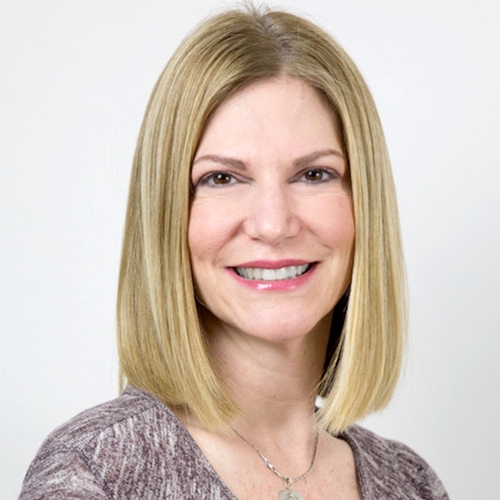

Robyn Merkel-Walsh, M.A., CCC-SLP/COM® is a Licensed Speech Pathologist with over 25 years of experience. She is employed full time by the Ridgefield Board of Education and runs a private practice in Ridgefield, NJ. She is also an author, lecturer, and consultant for TalkTools® . Robyn specializes in Oral-Placement, feeding, and orofacial myofunctional disorders in the pediatric population. Her publications include, SMILE (Systematic Intervention for Lingual Elevation), Art Talk, Handy Handouts, OPT-S Kit, and she co-authored Sensory Stix, A Sensory-Motor Approach to Feeding, Functional Assessment and Remediation of Tethered Oral Tissues and Oral Placement Therapy Goals for Speech Clarity. She has also written several articles for the TalkTools® website, The ASHA Leader, and Advance Magazine for Speech Pathologists. She has been published five consecutive years at the annual convention of the American Speech-Language and Hearing Association. Robyn received both her undergraduate and graduate degrees from Montclair State University, where she was later invited to be an adjunct/clinical supervisor. She has also taught classes and/or as a clinical supervisor for: Bergen Community College, Seton Hall University and Malloy College. She is a member of American Speech-Language and Hearing Association, American Academy of Private Practice in Speech Pathology and Audiology, New Jersey Education Association, International Association of Orofacial Myology, Oral Motor Institute, Ankyloglossia Bodyworkers , International Consortium of Ankylofrenula Professionals and The Bergen County Apraxia Association. She served a term on the New Jersey Speech and Hearing Association Board of Directors and was the private practice co-chair. She is also the Board Chair of the Oral Motor Institute and the Associate Editor of the International Journal of Orofacial Myology.
1. List the goals of Active Wound Management
2. Describe the goals of neuromuscular re-education
3. Explain who is best to address each phase of post-op care.
There is a better understanding within the fields of medicine and dentistry, lactation, speech-pathology, occupational and physical therapies that functional assessment and treatment is critical for optimal lingual, buccal and labial frena releases. Semantics and terminology however are often confused regarding a treatment protocol. Post-op TOTs care has two phases: 1) Active Wound Management to maintain the integrity of the wound and avoid scarring and re-attachment and 2) Neuromuscular Re-Education to address the underlying muscle and motor- based deficits that are secondary to the oral restriction(s). Both stages of treatment must be considered. This course will outline the two stages, review national scopes of practice for various professionals involved in TOTs care and discuss guidelines for referrals to team members. Specific techniques will be reviewed and categorized as to which stage of treatment is being addressed, which sometimes may overlap.
Accreditation
CERPs - Continuing Education Recognition Points
GOLD Conferences has been designated as a Long Term Provider of CERPs by the IBLCE--Approval #CLT114-07. This program has approved for 5 CERPs (2 L-CERPs, 3 R-CERPs).
If you have already participated in this program, you are not eligible to receive additional credits for viewing it again. Please send us an email to [email protected] if you have any questions.
Tags / Categories
(IBCLC) Clinical Skills, (IBCLC) Infant, (IBCLC) Infant, (IBCLC) Maternal, Differential Diagnosis & Management, Frenotomy & Tongue Tie Treatment, Pre & Post Care
How much time do I have to view the presentations?
- The viewing time will be specified for each product. When you purchase multiple items in your cart, the viewing time becomes CUMULATIVE. Ex. Lecture 1= 2 weeks and Lecture Pack 2 = 4 Weeks, you will have a total of 6 weeks viewing time for ALL the presentations made in that purchase.
- Time for viewing the talks begins once you purchase the product. For Live Webinars & Symposiums, the viewing period begins from when the live event takes place. Presentations can be accessed 24/7 and can be viewed as many times as you like during the viewing period.
What are bundled lectures?
- Presentations may be available individually or via a bundled package. Bundled lectures are a set of lectures that have been put together based on a specific category or topic. Some lectures will be available in both individual and lecture form, whereas others will be available only via a bundled lecture pack.
Will there be Handouts?
- YES! Each lecture comes with a PDF handout provided by the Speaker.
Some lectures include a Q&A, what does that mean?
- During our online conferences, presentations that occur live are also followed by a short 15 minute Question & Answer Session. The Speaker addresses questions that were posted by Delegates during the presentation. We include the recording of these Q&A Sessions as a bonus for you.
How can I receive a Certificate?
- If this presentation offers a certificate, once you are done viewing the lecture or the lectures within a bundle, submit your attendance record in order to be able to download your certificate. You'll be able to see which credits are offered for the lecture by hovering over the "Credits Available" link within the "Speakers & Topics" tab.
Professionals that selected this package also viewed

|
|

|










